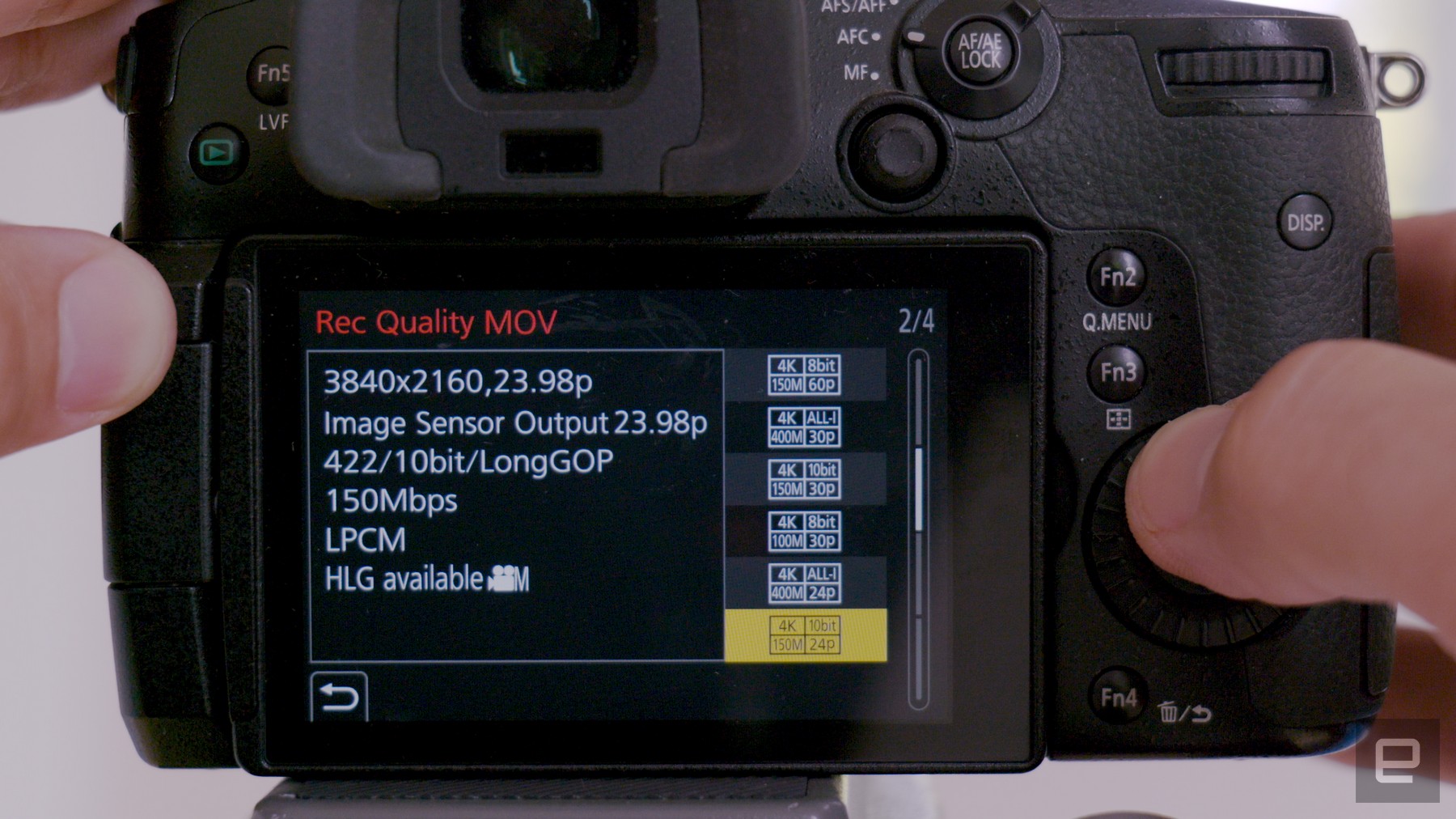If you’re a content creator or YouTuber, camera companies increasingly want your business. Last year was no exception, with several new vlogging-specific models released by Canon, Sony, DJI and others. That means there are now over a dozen on sale, alongside regular mirrorless cameras that also do the job well.
Models specifically designed for vlogging include Sony’s new ZV-E1 full-frame mirrorless that launched last year, DJI’s Osmo Pocket 3 or Canon’s compact PowerShot V10. Others, like the new Panasonic G9 II and last year’s Canon EOS R6 II are hybrid mirrorless cameras that offer vlogging as part of a larger toolset.
All of them have certain things in common, like flip-around screens, face- and/or eye-detect autofocus and stabilization. Prices, features and quality can vary widely, though. To that end, we’ve updated our guide with all the latest vlogging cameras designed for novice to professional creators, in all price ranges. Engadget has tested all of these to give you the best possible recommendations.
Factors to consider before buying a vlogging camera
Vlogging cameras are designed for filmmakers who often work alone and either use a tripod, gimbal, vehicle mount or just their hands to hold a camera. It must be good for filming yourself as well as other “B-roll” footage that helps tell your story. The biggest requirement is a flip-around screen so you can see yourself while filming. Those can rotate up, down or to the side, but flipping out to the side is preferable so a tripod or microphone won’t block it.
Continuous autofocus (AF) for video with face and eye detection is also a must. It becomes your camera “assistant,” keeping things in focus while you concentrate on your content. Most cameras can do that nowadays, but some (notably Canon and Sony) do it better than others.
If you move around or walk a lot, you should look for a camera with built-in optical stabilization. Electronic stabilization is another option as long as you’re aware of its limitations. You’ll also need a camera with a fast sensor that limits rolling shutter, which can create a distracting jello “wobble” with quick camera movements.

4K recording is another key feature. All cameras nowadays can shoot 4K up to at least 24 fps, but if possible, it’s better to have 4K at 60 or even 120 fps. If you shoot sports or other things involving fast movement, look for a model with at least 1080p at 120 fps for slow-motion recording.
Video quality is another important consideration, especially for skin tones. Good light sensitivity helps for night shooting, concerts and so on, and a log profile helps improve dynamic range in very bright or dark shooting conditions. If you want the best possible image quality and can afford it, get a camera that can record 4K with 10-bits (billions) of colors. That will give you more options when it’s time to edit the footage.
Don’t neglect audio either — if the quality is bad, your audience will disengage. Look for a camera with a microphone port so you can plug in a shotgun or lapel mic for interviews, or at least one with a good-quality built-in microphone. It’s also nice to have a headphone port to monitor sound so you can avoid nasty surprises after you’ve finished shooting.
You’ll also want good battery life and, if possible, dual memory card slots for a backup. Finally, don’t forget about your camera’s size and weight. If you’re constantly carrying one while shooting, especially at the end of a gimbal or gorillapod, it might actually be the most important factor. That’s why tiny GoPro cameras are so popular for sports, despite offering lower image quality and fewer pro features.
The best action and portable cameras
If you’re just starting out in vlogging or need a small, rugged camera, an action cam might be your best bet. In general, they’re easy to use as you don’t have to worry about things like exposure or focus. Recent models also offer good electronic stabilization and sharp, colorful video at up to 4K and 60 fps. The downsides are a lack of control; image quality that’s not on par with larger cameras; and no zooming or option to change lenses.
The best compact vlogging cameras
Compact cameras are a step up from smartphones or action cameras, with larger sensors and much better image quality. At the same time, they’re not quite as versatile as mirrorless or DSLR cameras (and not necessarily cheaper) and they lack advanced options like 10-bit video. For folks who want the best possible quality without needing to think too much about their camera, however, they’re the best option.
The best mirrorless/DSLR vlogging cameras
This is the class that has changed the most over the past couple of years, particularly in the more affordable price categories. Interchangeable lens cameras give you the most options for vlogging, offering larger sensors than compact cameras with better low-light sensitivity and shallower depth of field to isolate you or your subject. They also offer better control of your image with manual controls, log recording, 10-bit video and more. The drawbacks are extra weight compared to action or compact cameras, more complexity and higher prices.
This article originally appeared on Engadget at https://www.engadget.com/best-vlogging-camera-151603452.html?src=rss
Go Here to Read this Fast! The best vlogging cameras for 2024
Originally appeared here:
The best vlogging cameras for 2024